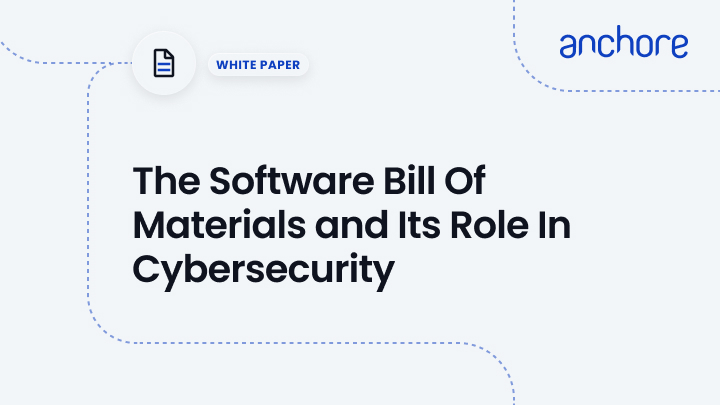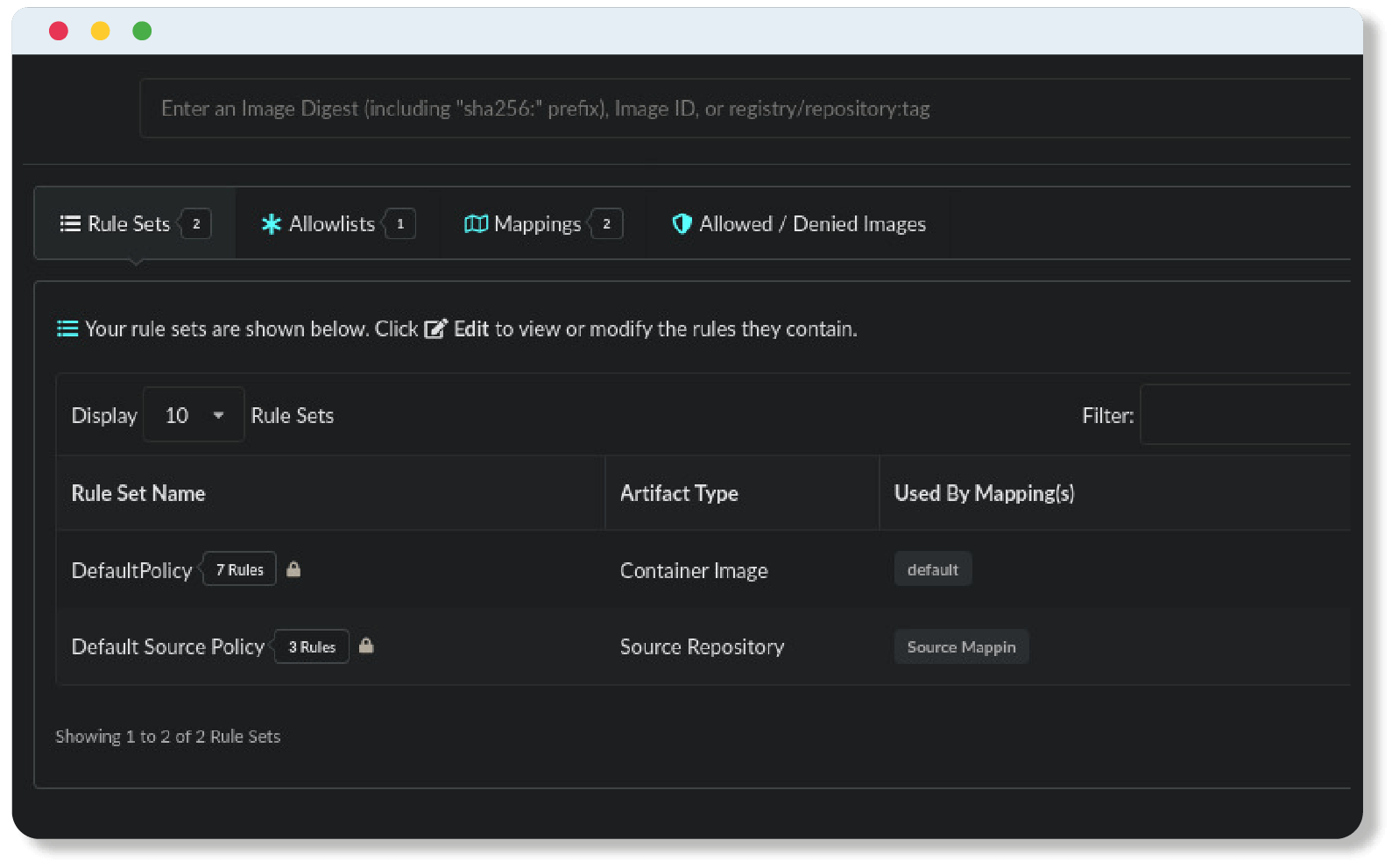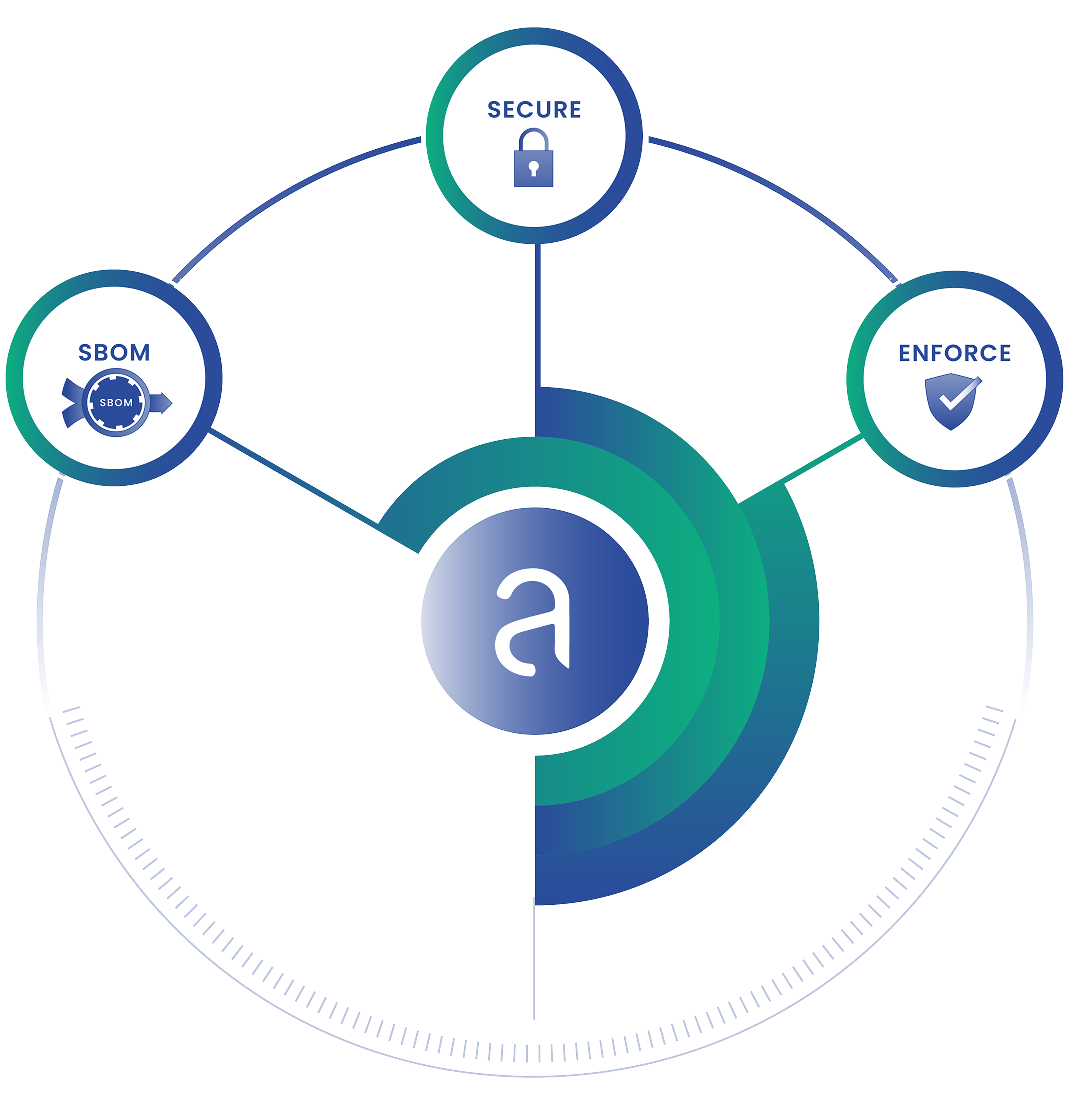Software Bill of Materials (SBOM) has emerged as a pivotal technology to scale product innovation while taming the inevitable growth of complexity of modern software development. SBOMs are typically thought of as a comprehensive inventory of all software components—both open source and proprietary—within an application. But they are more than just a simple list of “ingredients”. They offer deeper insights that enable organizations to unlock enterprise-wide value. From automating security and compliance audits to assessing legal risks and scaling continuous regulatory compliance, SBOMs are central to the software development lifecycle.
However, as organizations begin to mature their SBOM initiative, the rapid growth in SBOM documents can quickly become overwhelming—a phenomenon known as SBOM sprawl. Below, we’ll outline how SBOM sprawl happens, why it’s a natural byproduct of a maturing SBOM program, and the best practices for wrangling the complexity to extract real value.
How does SBOM Sprawl Happen?
SBOM adoption typically begins ad hoc when a Software Engineer starts self-scanning their source code to look for vulnerabilities or a DevOps Engineer integrating an open source SBOM generator into a non-critical CI/CD pipeline as a favor to a friendly Security Engineer. SBOMs begin to pile up niches across the organization and adoption continues to grow through casual conversation.
It’s only a matter of time before you accumulate a flood of SBOMs. As ad hoc adoption reaches scale, the volume of SBOM data balloons. We’re not all running at Google’s scale but their SBOM growth chart still illustrates the story of how new SBOM programs can quickly get out of hand.
We call this SBOM sprawl. It is the overabundance of unmanaged and unorganized SBOM documents. When left unchecked, SBOM sprawl prevents SBOMs from delivering the value of its use-cases like real-time vulnerability discovery, automated compliance checks, or supply chain insights.
So, how do we regain control as our SBOM initiative grows? The answer lies in a centralized data store. Instead of letting SBOMs scatter, we bring them together in a robust SBOM management system that can index, analyze, and make these insights actionable. Think of it like any large data management problem. The same best practices used for enterprise data management—ETL pipelines, centralized storage, robust queries—apply to SBOMs as well.
What is SBOM Management (SBOMOps)?
SBOM management—or SBOMOps—is defined as:
A data pipeline, centralized repository and query engine purpose-built to manage and extract actionable software supply chain insights from software component metadata (i.e., SBOMs).
In practical terms, SBOM management focuses on:
- Reliably generating SBOMs at key points in the development lifecycle
- Ingesting and converting 3rd-party supplier SBOMs
- Storing the SBOM documents in a centralized repository
- Enriching SBOMs from additional data sources (e.g., security, compliance, licensing, etc.)
- Generating the use-case specific queries and reports that drive results
When done right, SBOMOps reduces chaos, making SBOMs instantly available for everything from zero-day vulnerability checks to open source license tracking—without forcing teams to manually search scattered locations for relevant files.
SBOM Management Best Practices
1. Store and manage SBOMs in a central repository
A single, central repository for SBOMs is the antidote to sprawl. Even if developer teams keep SBOM artifacts near their code repositories for local reference, the security organization should maintain a comprehensive SBOM inventory across all applications.
Why it matters:
- Rapid incident response: When a new zero-day hits, you need a quick way to identify which applications are affected. That’s nearly impossible if your SBOM data is scattered or nonexistent.
- Time savings: Instead of rescanning every application from scratch, you can consult the repository for an instant snapshot of dependencies.
2. Support SBOM standards—but don’t stop there
SPDX and CycloneDX are the two primary SBOM standards today, each with their own unique strengths. Any modern SBOM management system should be able to ingest and produce both. However, the story doesn’t end there.
Tooling differences:
- Not all SBOM generation tools are created equal. For instance, Syft (OSS) and AnchoreCTL can produce a more comprehensive intermediate SBOM format containing additional metadata beyond what SPDX or CycloneDX alone might capture. This extra data can lead to:
- More precise vulnerability detection
- More granular policy enforcement
- Fewer false positives
3. Require SBOMs from all 3rd-party software suppliers
It’s not just about your own code—any 3rd-party software you include is part of your software supply chain. SBOM best practice demands obtaining an SBOM from your suppliers, whether that software is open source or proprietary.
Challenges:
- OSS: Open source libraries can be scanned relatively easily using software composition analysis (SCA) tools because source code is public. Remember, you are ultimately responsible for patching OSS vulnerabilities—not the maintainers.
- Proprietary: Commercial vendors may be wary of sharing SBOM data (IP or confidentiality concerns). If they won’t provide the SBOM, at least require them to maintain an SBOM-driven vulnerability management workflow and to notify you of relevant incidents.
4. Generate SBOMs at each step in the development process and for each build
Yes, generating an SBOM with every build inflates your data management and storage needs. However, if you have an SBOM management system in place then storing these extra files is a non-issue—and the benefits are massive.
SBOM drift detection:
By generating SBOMs multiple times along the DevSecOps pipeline, you can detect any unexpected changes (drift) in your supply chain—whether accidental or malicious. This approach can thwart adversaries (e.g., APTs) that compromise upstream supplier code. An SBOM audit trail lets you pinpoint exactly when and where an unexpected code injection occurred.
5. Pay it forward >> Create an SBOM for your releases
If you expect third parties to provide you SBOMs, it’s only fair to provide your own to downstream users. This transparency fosters trust and positions you for future SBOM-related regulatory or compliance requirements. If SBOM compliance becomes mandatory (we think the industry is trending that direction), you’ll already be prepared.
How to Architect an SBOM Management System
The reference architecture below outlines the major components needed for a reliable SBOM management solution:
- Integrate SBOM Generation into CI/CD Pipeline: Embed a SBOM generator in every relevant DevSecOps pipeline stage to automate software composition analysis and SBOM generation.
- Ingest 3rd-party supplier SBOMs: Ingest and normalize external SBOMs from all 3rd-party software component suppliers.
- Send All SBOM Artifacts to Repository: Once generated, ensure each SBOM is automatically shipped to the central repository to serve as your source-of-truth for software supply chain data.
- Enrich SBOMs with critical business data: Enrich SBOMs from additional data sources (e.g., security, compliance, licensing, etc.)
- Stand Up Data Analysis & Visualization: Build or adopt dashboards and query tooling to generate the software supply chain insights desired from the scoped SBOM use-cases.
- Profit! (Figuratively): Gain comprehensive software supply chain visibility, faster incident response, and the potential to unlock advanced use-cases like automated policy-as-code enforcement.
You can roll your own SBOM management platform or opt for a turnkey solution 👇.
SBOM Management Using Anchore SBOM and Anchore Enterprise
Anchore offers a comprehensive SBOM management platform that help you centralize and operationalize SBOM data—unlocking the full strategic value of your software bills of materials:
- Anchore Enterprise
- Out-of-the-box SBOM generation: Combined SCA scanning, SBOM generation and SBOM format support for full development environment coverage.
- Purpose-built SBOM Inventory: Eliminates SBOM sprawl with a centralized SBOM repository to power SBOM use-cases like rapid incident response, license risk management and automated compliance.
- DevSecOps Integrations: Drop-in plugins for standard DevOps tooling; CI/CD pipelines, container registries, ticketing systems, and more.
- SBOM Enrichment Data Pipeline: Fully automated data enrichment pipeline for security, compliance, licensing, etc. data.
- Pre-built Data Analysis & Visualization: Delivers immediate insights on the health of your software supply chain with visualization dashboards for vulnerabilities, compliance, and policy checks.
- Policy-as-Code Enforcement: Customizable policy rules guarantee continuous compliance, preventing high-risk or non-compliant components from entering production and reducing manual intervention.
Ready to get serious about securing your software supply chain?
Request a demo to learn how Anchore Enterprise can help you implement a scalable SBOM management solution.





